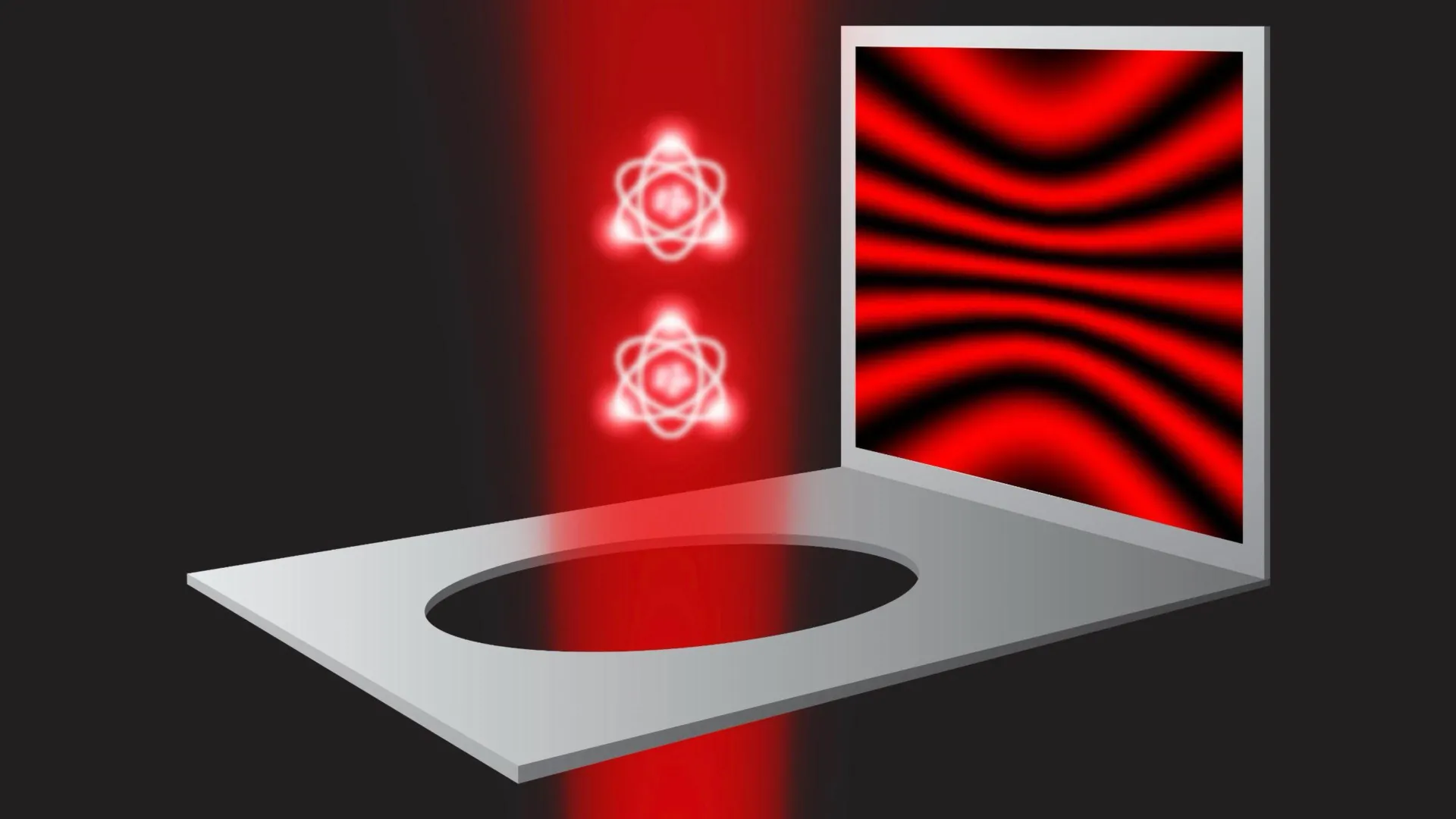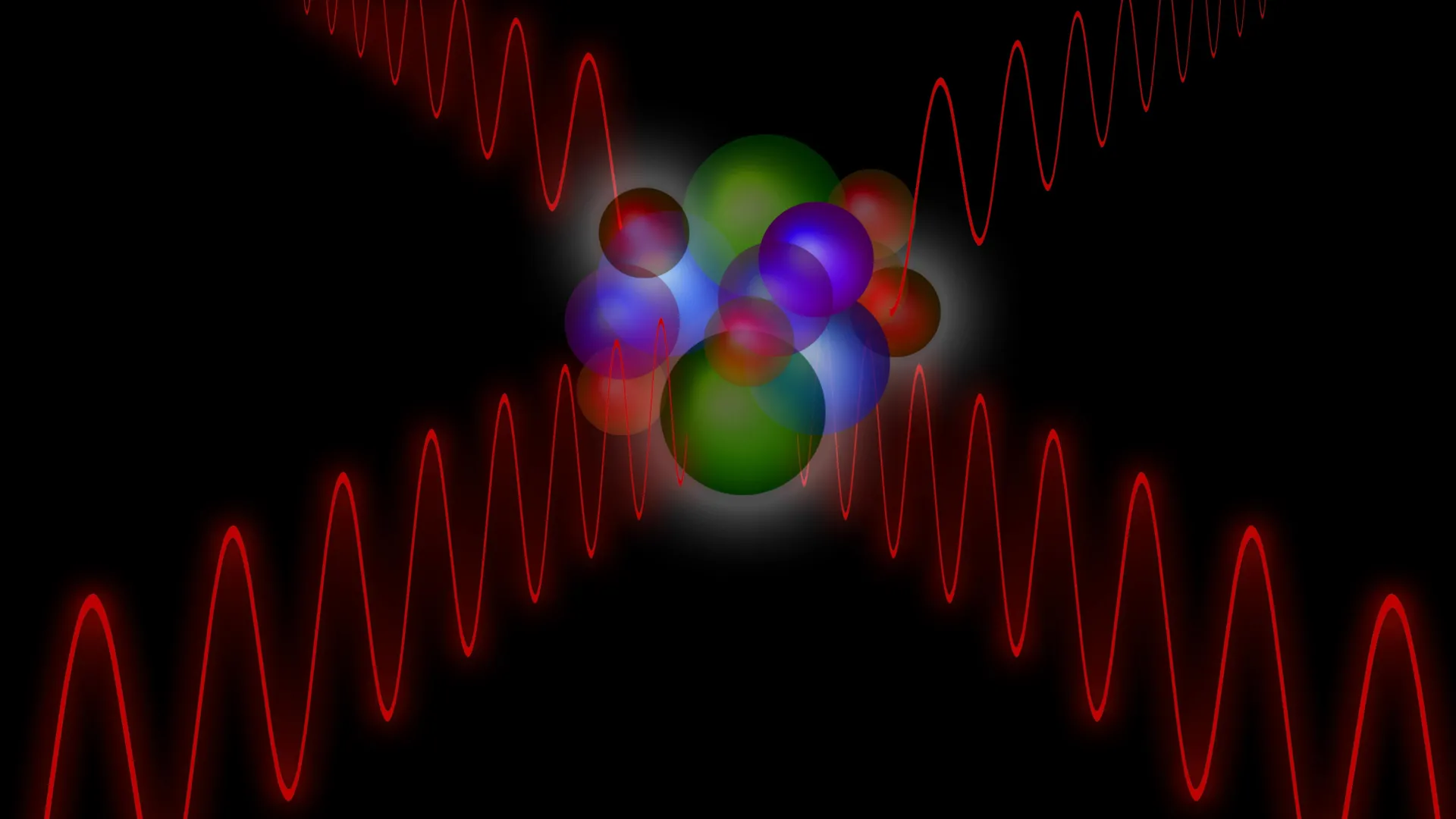PROTECT YOUR DNA WITH QUANTUM TECHNOLOGY
Orgo-Life the new way to the future Advertising by Adpathway
In a groundbreaking study published in the latest issue of Cell Death Discovery, a team of researchers led by Liu, Tian, and Wang have unveiled crucial insights into the role of MARCO—a scavenger receptor—on myeloid-derived suppressor cells (MDSCs) and its fundamental importance in their differentiation and immunosuppressive functions. This revelation not only deepens our understanding of the immune system’s regulatory mechanisms but also opens new therapeutic avenues for combating diseases where immune suppression is a major hurdle, including cancer and chronic infections.
Myeloid-derived suppressor cells have long been recognized as potent regulators of immune responses, especially in pathological contexts such as tumor microenvironments where they inhibit the activity of cytotoxic T cells, aiding cancer progression. Despite extensive research, the molecular underpinnings that govern MDSC differentiation and functionality have remained elusive. This latest research shines a spotlight on MARCO (macrophage receptor with collagenous structure), a surface receptor expressed on subsets of myeloid cells, revealing its indispensable contribution to these processes.
The investigators utilized a combination of in vitro cell culture systems, genetic manipulation techniques, and murine models to dissect the role MARCO plays at various stages of MDSC biology. Through targeted knockdown and gene-editing approaches, the study demonstrated that the absence of MARCO led to a marked impairment in MDSC differentiation from their myeloid progenitors. Furthermore, MDSCs devoid of MARCO expression exhibited a significant reduction in their ability to suppress T cell proliferation and cytokine production, underscoring the receptor’s pivotal role in sustaining immunosuppression.
.adsslot_KIn351US7l{ width:728px !important; height:90px !important; }
@media (max-width:1199px) { .adsslot_KIn351US7l{ width:468px !important; height:60px !important; } }
@media (max-width:767px) { .adsslot_KIn351US7l{ width:320px !important; height:50px !important; } }
ADVERTISEMENT
At a mechanistic level, the research shows that MARCO signaling influences several key intracellular pathways related to cell survival, differentiation, and immunomodulatory molecule production. MARCO-expressing MDSCs displayed upregulated expression of critical immunosuppressive mediators such as arginase-1, inducible nitric oxide synthase (iNOS), and transforming growth factor-beta (TGF-β), all known for their capacity to dampen effective immune responses. This molecular signature, absent or diminished in MARCO-deficient cells, highlights how MARCO facilitates the establishment of the immunosuppressive phenotype.
Remarkably, the study also unveiled that MARCO interaction with its ligands enhances the recruitment of MDSCs to tumor sites. This trafficking function, mediated by receptor-ligand binding and downstream signaling cascades, effectively potentiates the tumor’s ability to evade immune surveillance. Through sophisticated imaging analyses and flow cytometry, the authors confirmed a significantly reduced tumor infiltration by MDSCs lacking MARCO, correlating with improved anti-tumor immunity in experimental models.
In addition to insights into cancer biology, this research carries implications for infectious diseases as well. Given the role of MDSCs in chronic infections—where they prevent excessive tissue damage by suppressing overactive immune responses—the study suggests that MARCO could be a double-edged sword. While its expression on MDSCs helps maintain immune homeostasis and prevent collateral damage, overactivation might contribute to persistent infection or disease progression by excessively dampening host immunity.
Therapeutically, targeting MARCO presents a promising yet complex prospect. The researchers caution that while inhibiting MARCO function in MDSCs could unleash potent anti-tumor immune responses, it may simultaneously increase the risk of hyperinflammation or autoimmunity. Hence, future interventions would need to fine-tune this balance carefully. The identification of MARCO as a decisive factor in MDSC biology provides a much-needed molecular handle to achieve such precision.
Beyond the functional implications, the study enhances fundamental immunology by elucidating how innate immune receptors like MARCO interface with the differentiation programs of suppressive myeloid cells. It adds a layer of clarity to the heterogeneous landscape of MDSCs, which include diverse subsets with distinct molecular profiles and functional capacities. By pinpointing MARCO as a defining marker of immunosuppressive competence, the researchers offer a novel biomarker that could be leveraged for diagnostic or prognostic purposes.
Methodologically, the use of advanced genetic editing techniques, including CRISPR-Cas9 mediated knockout models, lent robustness and specificity to the findings. Coupled with detailed flow cytometric analysis and transcriptomic profiling, the study paints a comprehensive picture of how MARCO modulates cellular phenotypes and responses. These innovative approaches set a benchmark for future investigations into the molecular regulation of immune suppressor cells.
Furthermore, exploration of MARCO’s ligand interactions revealed intriguing possibilities regarding extracellular matrix components or pathogen-associated molecules as modulators of MDSC function. This aligns with the known pattern recognition capabilities of scavenger receptors, which detect diverse ligands to initiate appropriate cellular responses. Understanding these ligand-receptor dynamics could broaden therapeutic strategies to manipulate MDSC activity in disease contexts.
The translational potential of this discovery is underscored by ongoing efforts to develop MARCO-targeted antibodies or small molecule inhibitors that could selectively modulate MDSC populations. Such agents may synergize with checkpoint inhibitors or other immunotherapies, enhancing their efficacy in cancer treatment. Conversely, MARCO agonists might be explored to boost MDSC-mediated protection in autoimmune or inflammatory diseases, illustrating the wide-reaching impact of this receptor beyond oncology.
In the broader perspective of immune modulation, the elucidation of MARCO’s role challenges the traditional dichotomy between immune activation and suppression, highlighting a nuanced regulatory framework involving receptor-mediated fine-tuning of cellular differentiation and function. This paradigm shift may inspire new conceptual models for the immune system’s adaptability in health and disease.
Looking ahead, questions remain regarding the upstream signals that regulate MARCO expression on MDSCs and how these pathways interplay with other immunoregulatory networks. Additionally, investigation into MARCO’s role in human MDSCs, as opposed to murine models, will be critical to translate these findings into clinical applications. The heterogeneity within human myeloid compartments presents both challenges and opportunities for this line of research.
In conclusion, the study by Liu and colleagues offers a compelling narrative about the indispensable role of MARCO in dictating the fate and function of myeloid-derived suppressor cells. By integrating molecular, cellular, and in vivo analyses, the research advances our grasp of immune suppression mechanisms and brings us closer to tailored immunotherapeutic interventions. The potential to manipulate MDSC dynamics via MARCO may herald a new era in the treatment of cancer and immune-related disorders, where precision modulation of immune cells determines therapeutic success.
As the field moves forward, the translation of these insights into clinical practice will require multidisciplinary efforts combining immunology, oncology, pharmacology, and bioengineering. Nonetheless, this landmark discovery solidifies MARCO as a linchpin in immunoregulation and a promising beacon for future biomedical innovation.
Subject of Research: The role of MARCO expression on myeloid-derived suppressor cells (MDSCs) in regulating their differentiation and immunosuppressive function.
Article Title: MARCO expression on myeloid-derived suppressor cells is essential for their differentiation and immunosuppression.
Article References:
Liu, S., Tian, B., Wang, N. et al. MARCO expression on myeloid-derived suppressor cells is essential for their differentiation and immunosuppression. Cell Death Discov. 11, 337 (2025). https://doi.org/10.1038/s41420-025-02627-1
Image Credits: AI Generated
DOI: https://doi.org/10.1038/s41420-025-02627-1
Tags: cancer immune evasionchronic infections treatmentgenetic manipulation in immunologyimmune system regulationimmunosuppressive functionsin vitro cell culture researchmacrophage receptor characteristicsMARCO scavenger receptorMDSC differentiation mechanismsmyeloid-derived suppressor cellstherapeutic targets for immune diseasestumor microenvironment interactions


 10 hours ago
6
10 hours ago
6





















 English (US) ·
English (US) ·  French (CA) ·
French (CA) ·